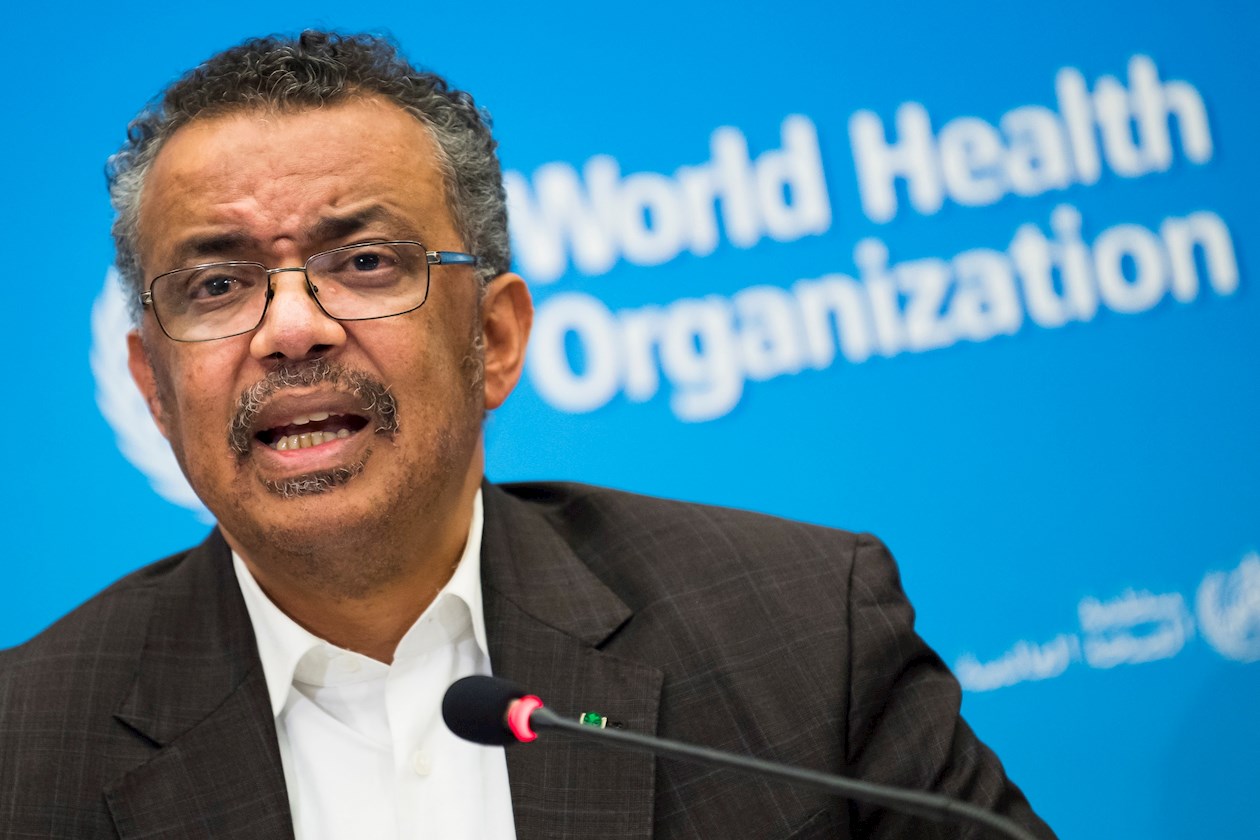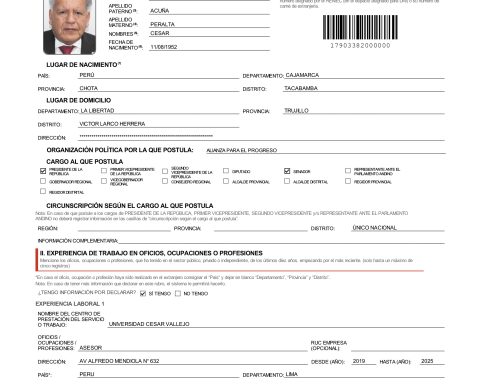The World Health Organization (WHO) reported that the number of childhood cases of severe acute hepatitis rose this Tuesday to 348 worldwide and of the total number of minors who fell illthere were 26 who needed liver transplants. Meanwhile, another 13 cases are being investigated.
The outbreak of this type of childhood hepatitis was first identified on April 5, 2022, in the United Kingdom, and since then the cases have spread to 21 countries, mainly in Europe. In Latin America they are already reported in Argentina, Panama and Costa Rica. In this last neighboring country there are already two cases, identified in a two-year-old girl and a four-year-old girl.
“The available epidemiological, laboratory and clinical information on this event remains limited. So far no etiological agent has been identified, “says the WHO in a statement.
For her part, Dr. Philippa Easterbrook, from the WHO global program on hepatitis, explained at a press conference that there have been important advances in research and that the “main hypotheses continue to be those involving an adenovirus, but also there is an important consideration about the role of covid-19, either as a co-infection or as a past infection”.
So far, only 15 of the 21 countries have reported five or fewer cases, health authorities say. “At this stage, the best use of resources is to focus on high-quality investigation of cases for which extensive clinical, epidemiological, environmental, and laboratory information has been collected and for which other causes have been ruled out,” he says. The OMS.
What is critical acute hepatitis?
Generally, hepatitis has different causes: alcohol consumption, toxins, medications, other diseases and viral infections. This last type is caused by five viruses: A, B, C, D and E, which are recognized through tests. However, this new outbreak that has been expanding in recent weeks would be caused by adenovirus type 41, which usually causes acute pediatric gastroenteritis.
As explained by the WHO, the relationship between cases of hepatitis and covid-19 is not conclusive. What is certain is that there are no links between anticovid vaccines, since the majority of infants who fell ill had not received any dose. They also confirm that in very few cases active cases of SAR-CoV-2 were identified.
The symptoms of this hepatitis vary in patients, there are those who develop gastrointestinal discomfort such as diarrhea or vomiting, fever and muscle pain. However, the most characteristic is jaundice (yellow eyes).
Viral hepatitis cases have a high mortality burden. According to WHO data, each year there are 1.1 million deaths from this cause worldwide. And 57% of cases of liver cirrhosis and 78% of primary liver cancer occur due to infections caused by the B or C virus.
deceased children
Half a dozen deaths have been reported from this new hepatitis. The first was recorded in Gaza and was of a child, then there were three deaths in Indonesia and this week, the Centers for Disease Control and Prevention of the United States (USA, for its acronym in English) reported that they are investigating 109 possible cases that includes five deaths.
These cases would have been identified in 25 US states in the last seven months and of these 14 required liver transplants, Dr. Jay Butler, deputy director of infectious diseases at the CDC told Reuters.
In Nicaragua, the health authorities have not alerted the population about this outbreak of severe acute hepatitis. The epidemiologist, Leonel Argüello, explained on his YouTube channel that when the patient arrives with a case of hepatitis and the type of virus cannot be diagnosed, if it is A, B, C, DE, and his liver tests are very high, should be suspected as a probable case.
Likewise, he reiterated that “we must be attentive and vigilant” as one would be before any other demonstration that threatens health.

















